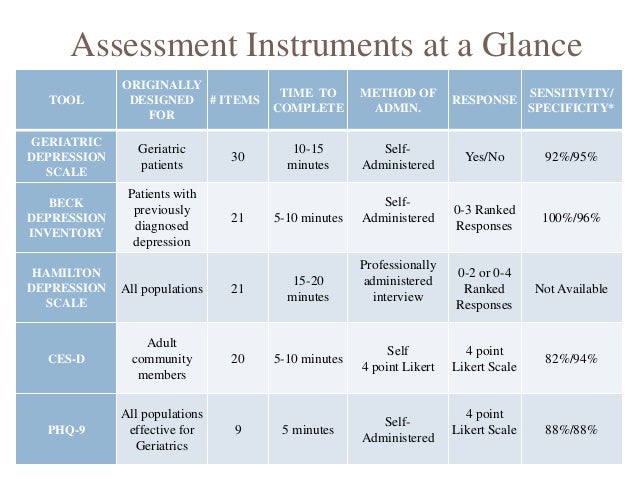Contact us:
+1 (520) 226-8615
Email:
[email protected]

NURS6630 Week 3 Assignment: Assessing and Treating Adult and Geriatric Clients With Mood Disorders
Advances in genetics and epigenetics have changed the traditional understanding of mood disorders, resulting in new evidence-based practices. In your role as a psychiatric mental health nurse practitioner, it is essential for you to continually educate yourself on new findings and best practices in the field. For this Assignment, you consider best practices for assessing and treating adult and geriatric clients presenting with mood disorders.
Students will:
Note: To access this week’s required library resources, please click on the link to the Course Readings List, found in the Course Materials section of your Syllabus.

Note: All Stahl resources can be accessed through the Walden Library using this link. This link will take you to a log-in page for the Walden Library. Once you log into the library, the Stahl website will appear.
Stahl, S. M. (2013). Stahl’s essential psychopharmacology: Neuroscientific basis and practical applications (4th ed.). New York, NY: Cambridge University Press.
Note: To access the following chapters, click on the Essential Psychopharmacology, 4th ed tab on the Stahl Online website and select the appropriate chapter. Be sure to read all sections on the left navigation bar for each chapter.
Chapter 6, “Mood Disorders”
Stahl, S. M. (2014b). The prescriber’s guide (5th ed.). New York, NY: Cambridge University Press.
Note: To access the following medications, click on the The Prescriber’s Guide, 5th ed tab on the Stahl Online website and select the appropriate medication.
Review the following medications:
American Psychiatric Association. (2013). Diagnostic and statistical manual of mental disorders (5th ed.). Washington, DC: Author.
Note: Retrieved from Walden Library databases.
Montgomery, S. A., & Asberg, M. (1979). A new depression scale designed to be sensitive to change. British Journal of Psychiatry, 134, 382-389. Retrieved from https://www.researchgate.net/profile/Marie_Asberg/publication/22697065_A_New_Depression_Scale_Designed_to_be_Sensitive_to_Change/links/09e41513f85c708fee000000.pdf
Laureate Education. (2016g). Case study: An elderly Hispanic man with major depressive disorder [Interactive media file]. Baltimore, MD: Author.
Note: This case study will serve as the foundation for this week’s Assignment.
To prepare for this Assignment:
Review this week’s Learning Resources. Consider how to assess and treat adult and geriatric clients requiring antidepressant therapy.
Examine Case Study: An Elderly Hispanic Man With Major Depressive Disorder. You will be asked to make three decisions concerning the medication to prescribe to this client. Be sure to consider factors that might impact the client’s pharmacokinetic and pharmacodynamic processes.
At each decision point stop to complete the following:
Decision #1
Decision #2
Decision #3
Bipolar disorder is a unique disorder that causes shifts in mood and energy, which results in depression and mania for clients. Proper diagnosis of this disorder is often a challenge for two reasons: 1) clients often present as depressive or manic, but may have both; and 2) many symptoms of bipolar disorder are similar to other disorders. Misdiagnosis is common, making it essential for you to have a deep understanding of the disorder’s pathophysiology. For this Assignment, as you examine the client case study in this week’s Learning Resources, consider how you might assess and treat clients presenting with bipolar disorder.
Students will:
